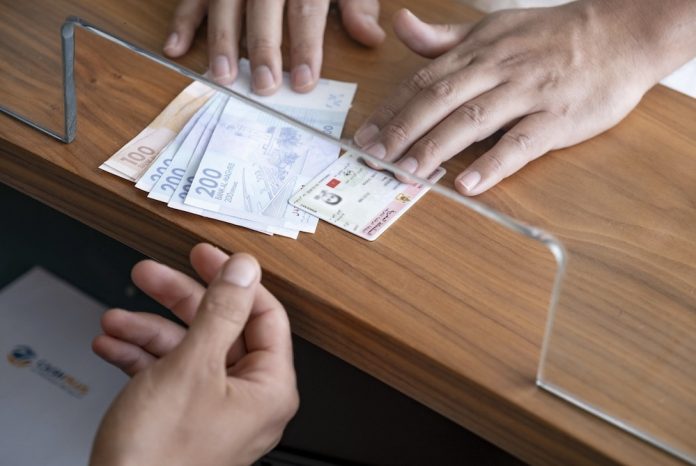The notable increase in cash circulation in Morocco has sparked concerns about its impact on the national economy. This trend presents significant challenges, such as increased risks of fraud and money laundering, and a growing prevalence of the informal economy.
Monetary growth and factors
According to the latest monetary statistics from Bank Al-Maghrib (BAM), the money supply grew by 4.3% annually in May 2024, driven primarily by a 10.2% surge in cash circulation, up from 8.5% the previous month. Other contributing factors include a reduction in the decline of term deposits from 6.8% to 4.5%, a slowdown in the growth of sight deposits from 7.9% to 6.9%, and a significant drop in money market fund holdings from 12.5% to 18.5%.
High cash circulation and its implications
BAM Governor Abdellatif Jouahri highlighted during a press conference that the level of cash in circulation in Morocco has reached one of the highest rates globally, accounting for about 30% of the GDP. He pointed out that cash is a primary means for money laundering and terrorism financing due to its lack of traceability and anonymity.
Jouahri also mentioned that the upcoming digital currency, e-dirham, could help curb cash circulation, which is tied to both educational issues and the presence of the informal economy.
Causes and consequences
Zakaria Garti, an economic and financial analyst, attributes this phenomenon to several factors, including liquidity injections in the form of subsidies and citizens withdrawing deposits during the COVID-19 period. Garti noted that cash transactions have grown at an annual rate of about 8%, with cash in circulation increasing from 65 billion dirhams (MMDH) to 270 MMDH by February 2020, and then surpassing 340 MMDH during the pandemic. This growth has persisted, reaching around 400 MMDH today.
Garti explained that a significant portion of this cash is hoarded rather than used for transactions, with approximately 70% of the currency being non-transactional. The 200 dirham note now constitutes over 70% of cash in circulation, compared to 47%-50% at the beginning of the century. This hoarding deprives the economy of financing, leading to a growing banking liquidity deficit.
Promoting financial inclusion
To combat the rise in cash circulation, Garti emphasizes the need to encourage financial inclusion. He suggests several measures, including promoting mobile banking. Despite its introduction in 2018, mobile banking usage remains low, with only 8-9 million wallets and transactions amounting to around 2 MMDH, primarily due to informal sector concerns about tax audits.
Omar Bakkou, an economist specializing in exchange policy, underscores the importance of an ambitious program to increase bank usage to reduce cash volume. He highlights the need for improved business transparency linked to governance, particularly fiscal policy, and regulatory aspects.
Bakkou also stresses the importance of financial education, noting that initiatives like mobile banking development are crucial. Promoting modern payment methods and strengthening financial education are essential to address the rapid increase in cash circulation and its economic challenges.





